Advertisements
Advertisements
प्रश्न
In the given figure, ∠QPR = 50° and ∠PQR = 60°. Show that : PN < RN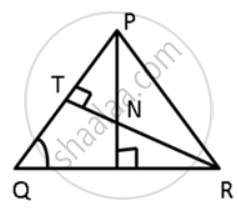
उत्तर
In the given ΔPQR,
PS < PR .....(Of all the straight lines that can be drawn to a given straight line from a point outside it, the perpendicular is the shortest)
PN < PR ....(i) (∵ PN < PS)
Also,
RT < PR .....(Of all the straight lines that can be drawn to a given straight line from a point outside it, the perpendicular is the shortest)
RN < PR .....(ii) (∵ RN < RT)
Dividing (i) bt (ii),
`"PN"/"RN" < "PR"/"PR"`
`"PN"/"RN" < 1`
PN < RN.
APPEARS IN
संबंधित प्रश्न
Show that in a right angled triangle, the hypotenuse is the longest side.
Complete the hexagonal and star shaped rangolies (see the given figures) by filling them with as many equilateral triangles of side 1 cm as you can. Count the number of triangles in each case. Which has more triangles?
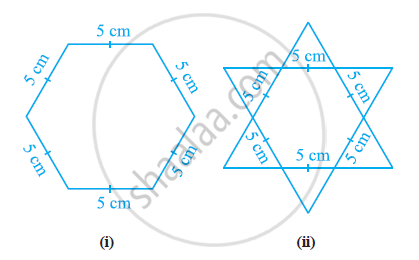
In the following figure, ∠BAC = 60o and ∠ABC = 65o.
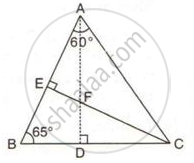
Prove that:
(i) CF > AF
(ii) DC > DF
Name the greatest and the smallest sides in the following triangles:
ΔABC, ∠ = 56°, ∠B = 64° and ∠C = 60°.
Name the greatest and the smallest sides in the following triangles:
ΔXYZ, ∠X = 76°, ∠Y = 84°.
ΔABC is isosceles with AB = AC. If BC is extended to D, then prove that AD > AB.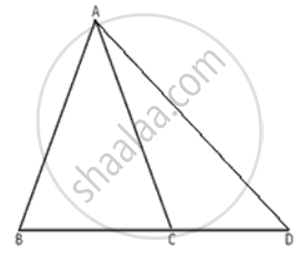
In ABC, P, Q and R are points on AB, BC and AC respectively. Prove that AB + BC + AC > PQ + QR + PR.
In ΔPQR, PR > PQ and T is a point on PR such that PT = PQ. Prove that QR > TR.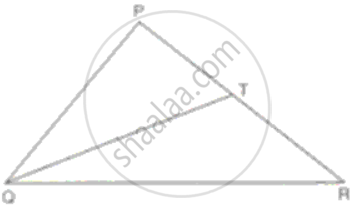
In the given figure, ∠QPR = 50° and ∠PQR = 60°. Show that: SN < SR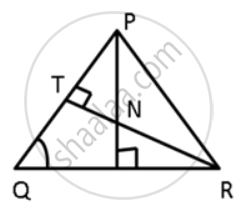
ΔABC in a isosceles triangle with AB = AC. D is a point on BC produced. ED intersects AB at E and AC at F. Prove that AF > AE.
